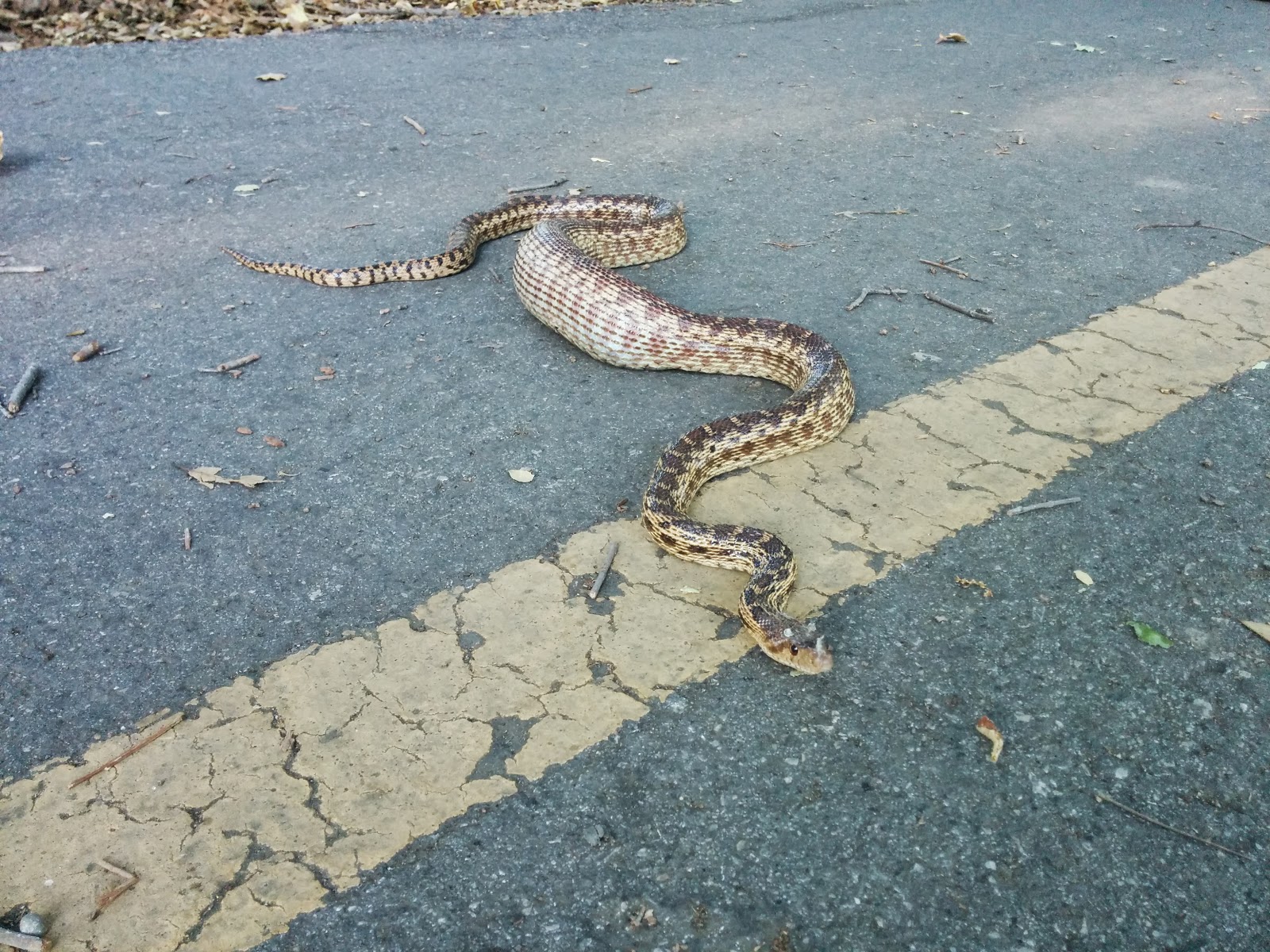Stefan came over today and we ran the Welztalbahn schedule with a fast clock for the very first time.
My
sequence schedule always had printed departure times but those were more for decoration rather than supporting operations. Over the last few sessions I had timed how long the various actions needed to operate the railroad take in reality. I found quite some variation especially for the switching tasks. Nevertheless, it turned out that the scheduled times were quite reasonable when using a 4:1 fast clock. I spaced out the trains so that there is sufficient time for the station operators to finish their switching and servicing chores.
 |
| The annotated schedule after the session |
We stopped the clock a couple times when time was advancing too fast, or there were mechanical issues. Those weren't nearly as bad as when I operated with Balazs a
couple months ago. I learned my lesson and cleaned tracks beforehand, especially in the tunnels and staging areas.
I will tweak the schedule a little bit to take observed timing issues into account, as well as adjust station dwell times for passenger trains. Overall, I was quite pleased with how this session worked out. With a 4:1 clock this schedule covers 2 hours of real time, vs. about 2.5 hours of elapsed time in sessions with the sequence schedule running the same number of trains. However, when we had a problem, e.g. derailment, today I stopped the clock, and we ran an extra to clean out Talheim some more, so today's session ran for just under 3 hours.
In either setup I try to run the session at a reasonably relaxed pace, so that the clock is typically something you wait for, vs. pushing you forward.


























